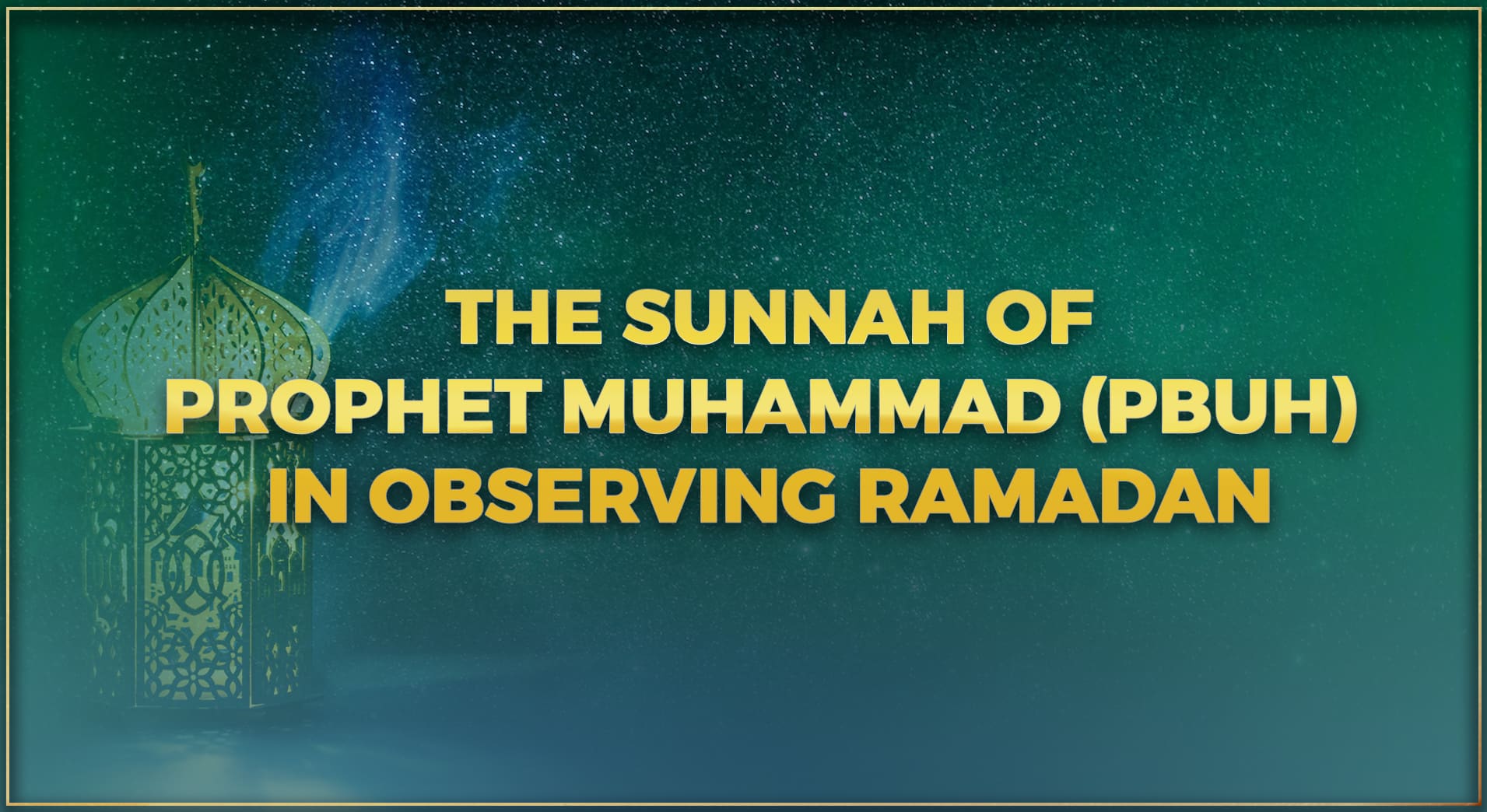Madrassas are the Islamic educational institutions. They are an important part of the Islamic culture and society. The Madrassas provide religious knowledge to the people based on the Quran and Hadith. They also focus on other religious factors. This includes teaching Arabic, Quran Translation, Tajweed, and Translation of Quran, etc.
HISTORY OF MADRASSAS
During the time of the Holy Prophet (PBUH), people used to get Islamic education in mosques. When the Holy Prophet (PBUH) built Masjid E Nabwi, people used to go there to get religious education. The demand for a separate learning space increased due to the increase in learners. It was then that Madrassas were created.
In the tenth century, madrasas separated themselves from mosques. This contributed to the development of a new kind of schooling.
Consequently, these madrasas developed into institutions of higher learning. Officials received their education per Muslim ideology.
Niẓām al-Mulk established the first formal Madrassah, known as Madrasah Niẓāmīyah, in the late 11th Century. Before that, numerous institutions like madrassas existed. However, a proper educational institution for teaching Islam was Madrasah Niẓāmīyah. This era was the beginning of the formal madrasah’s spread.
PRIMARY OBJECTIVES OF MADRASSAS
The primary objective of the Madrassas is to provide Islamic education. Madrassas teach people in a formal and organized manner just like schools. There are millions of Madrassas all around the world, The objective of every Madrassa is to spread Islamic education among the people.
Madrassah are just like the schools. The children get admission to Madrassas from an early age. They learn basic religious education in the beginning. This includes recitation of the Holy Quran, basic Hadiths, and Salah. This education builds a strong faith and connection with Islam
Madrassas help in building moral and ethical values in children. They get to know about honesty, brotherhood, unity, kindness, compassion, and gratitude.
Additionally, Madrassas also teach about all the pillars of Islam like Salah, Zakat, Fasting, and Hajj. Teaching such concepts helps the students sense the actual essence of Islam.
Other than that Memorization of the Holy Quran, Tafseer, and Translation of the Holy Quran are a part of Islamic teachings.
CHALLENGES FACED BY MADRASSA
Madrassah for a very long time has been teaching Muslim students. It also aids in shaping their personalities in the light of the Holy Quran and Hadiths. People usually criticize Madrassas and their way of teaching. Many misconceptions are connected with the Madrassas. The enemies of Islam show false pictures of Jihad to the world. They make people believe that Madrassas are teaching extremism in the name of Jihad. This is completely false. Jihad even though it comes under Islamic education is portrayed opposite by Western Media.
Islam is a religion of peace and love. It does not endorse any sort of extremism or violence. It does not teach terrorism. Moreover, Madrassas do not teach any sort of extremism to their pupils.
Another myth linked with the Madrassas is that they only focus on Islamic education. Initially, Madrassas used to focus on Islamic education. With the need of time, Madrassas have adopted changes. They have added academic subjects and modern skills to their syllabus. However Islamic education is the primary aim of the Madrassas.
Modern-day Madrassa understands the importance of learning different languages. This is the reason they now focus on the English language along with the Arabic language.
MADRASSAS AND MODERN TECHNOLOGY
The world is getting digitized and is progressing fast in the digital domain. Madrassas, now use digital methods to offer Islamic education in remote areas. Many Madrassas have now started teaching online to the kids, men, and women. Those who cannot go out to learn Islam can benefit from this method of teaching. Children with busy schedules can learn the Quran and Hadith through online means. Women who are unable to take time out of their busy routines can get an Islamic education just by sitting at home. Men can benefit from online learning as well.
Online Madrassas play a crucial role in connecting people to Islam. People who do not have Madrassas nearby can go for online learning.
CONCLUSION
In conclusion, Madrassas are the backbone of Islamic education. These institutions are making endless efforts to teach the actual meaning of Islam. They are providing education based on the Holy Quran and Sunnah. Even though Madrassas are mostly targeted for false allegations. But still, they are doing their best to spread Islamic knowledge and education.
Our Holy Prophet (PBUH) taught Islam to the people of his time. We, being his followers, are also supposed to expand Islamic education in the world.
Additionally, it has been narrated by `Uthman (RA) that Prophet Muhammad (ﷺ) said:
“The best among you (Muslims) are those who learn the Qur’an and teach it.” (Bukhari).
 0203-002-6366
0203-002-6366
 1-212-381-1055
1-212-381-1055 61-3-8820-5043
61-3-8820-5043  021-111-279-111
021-111-279-111



